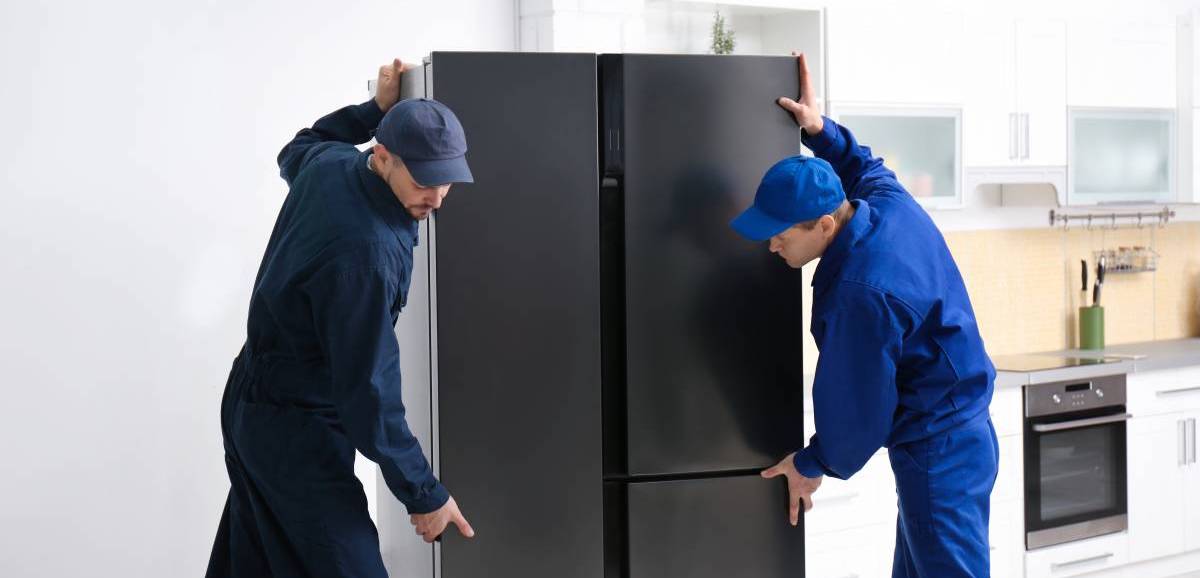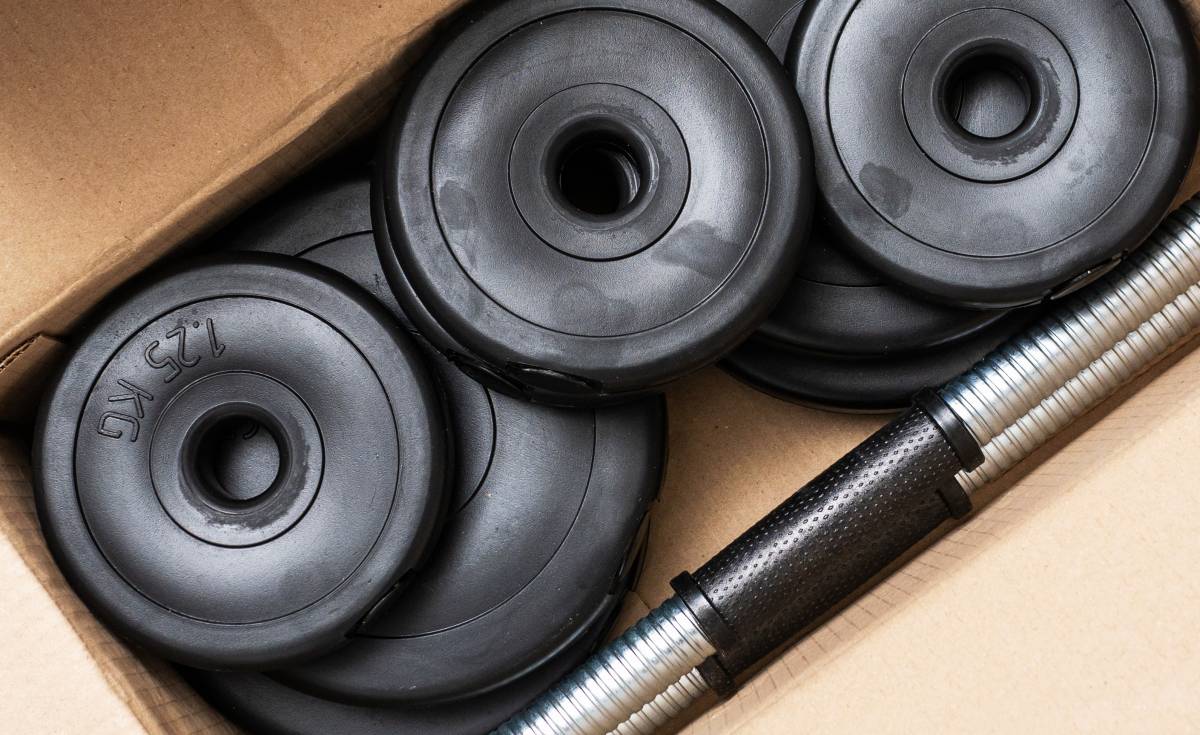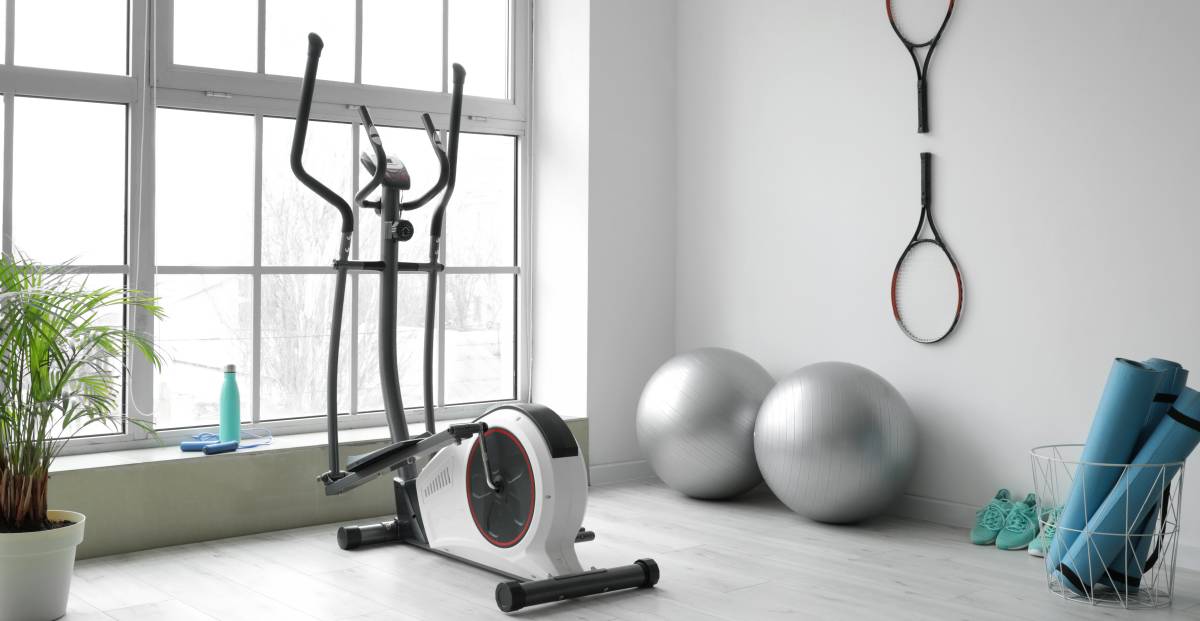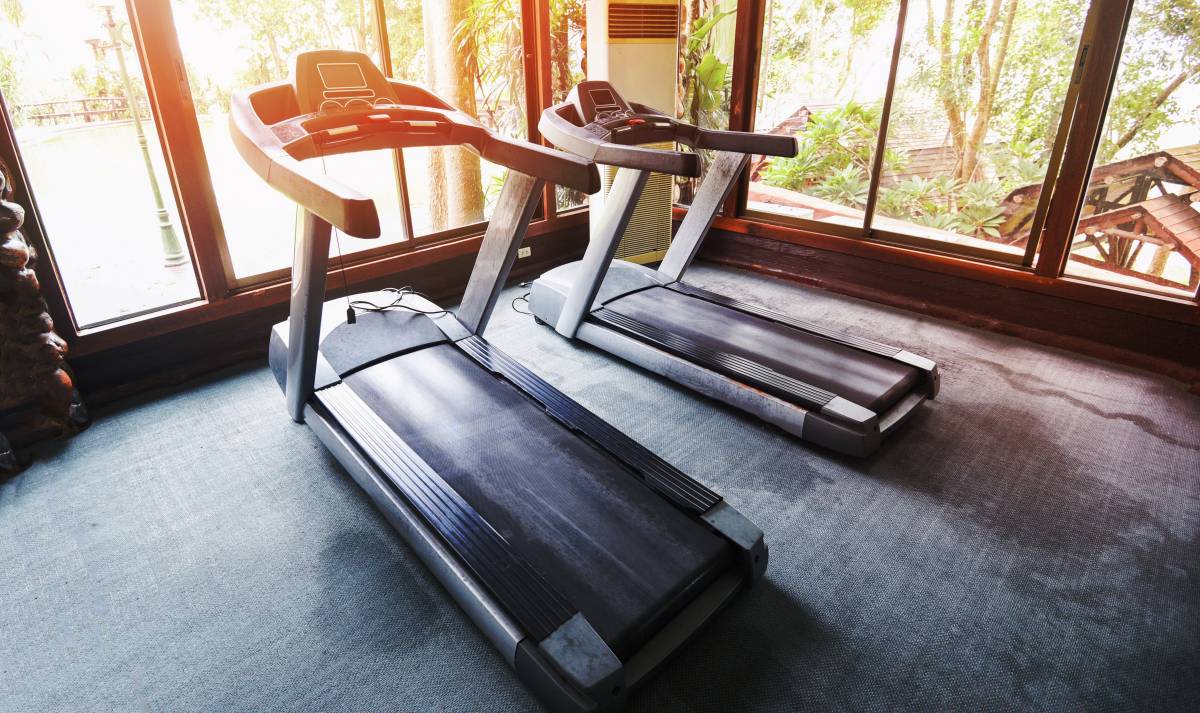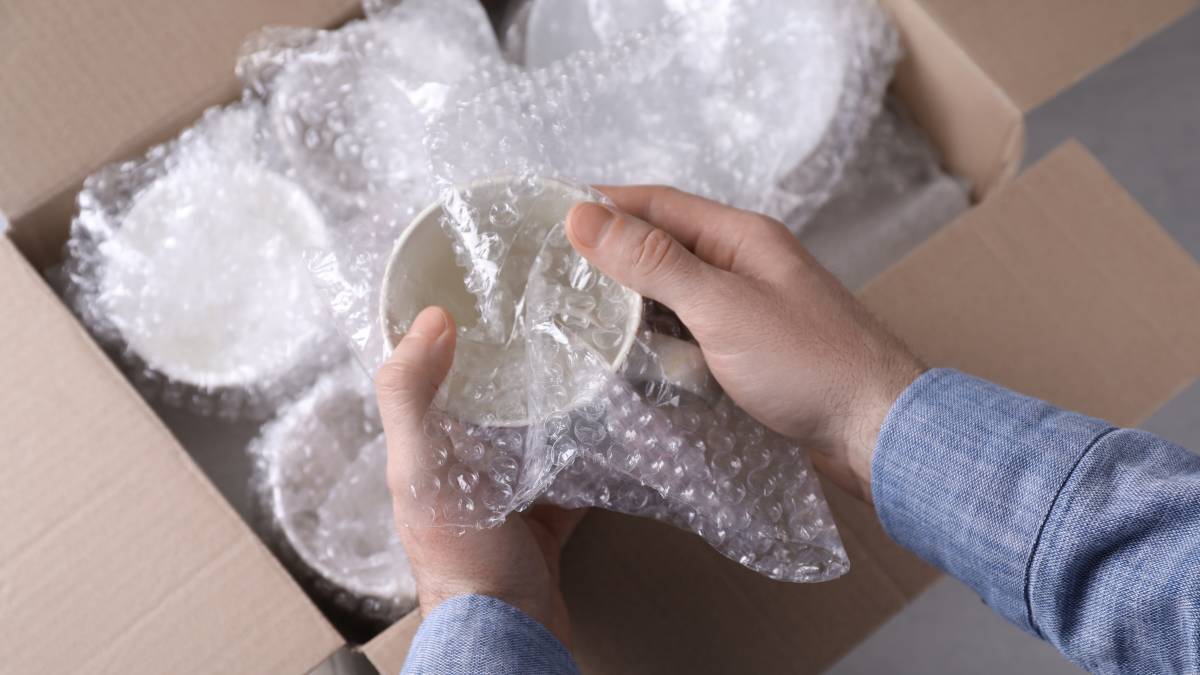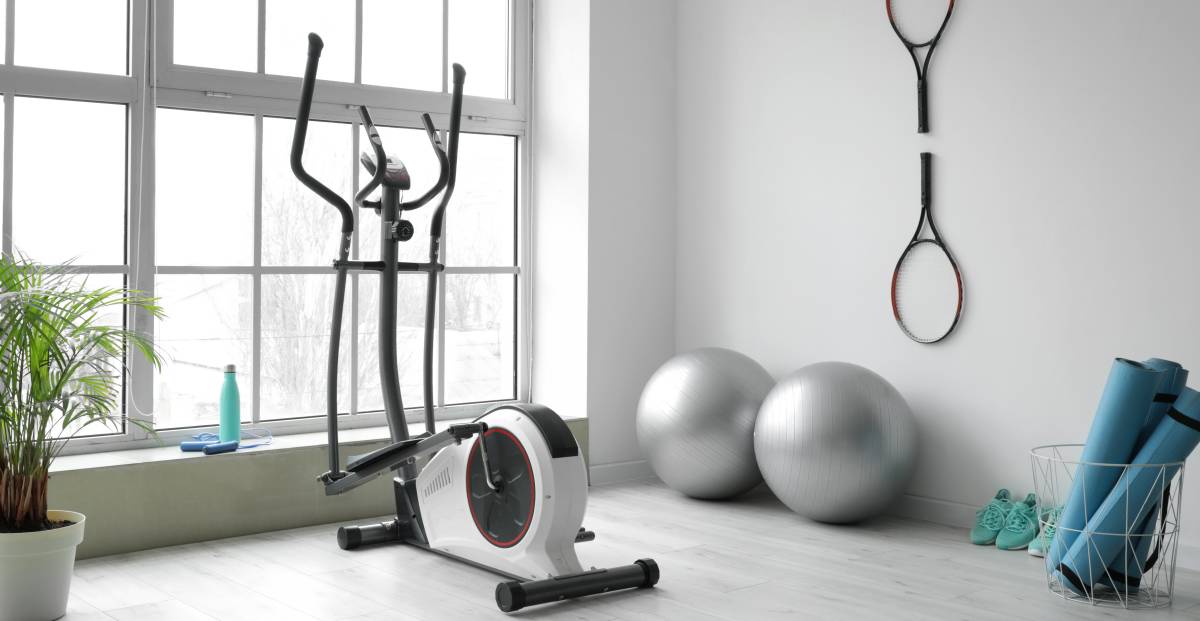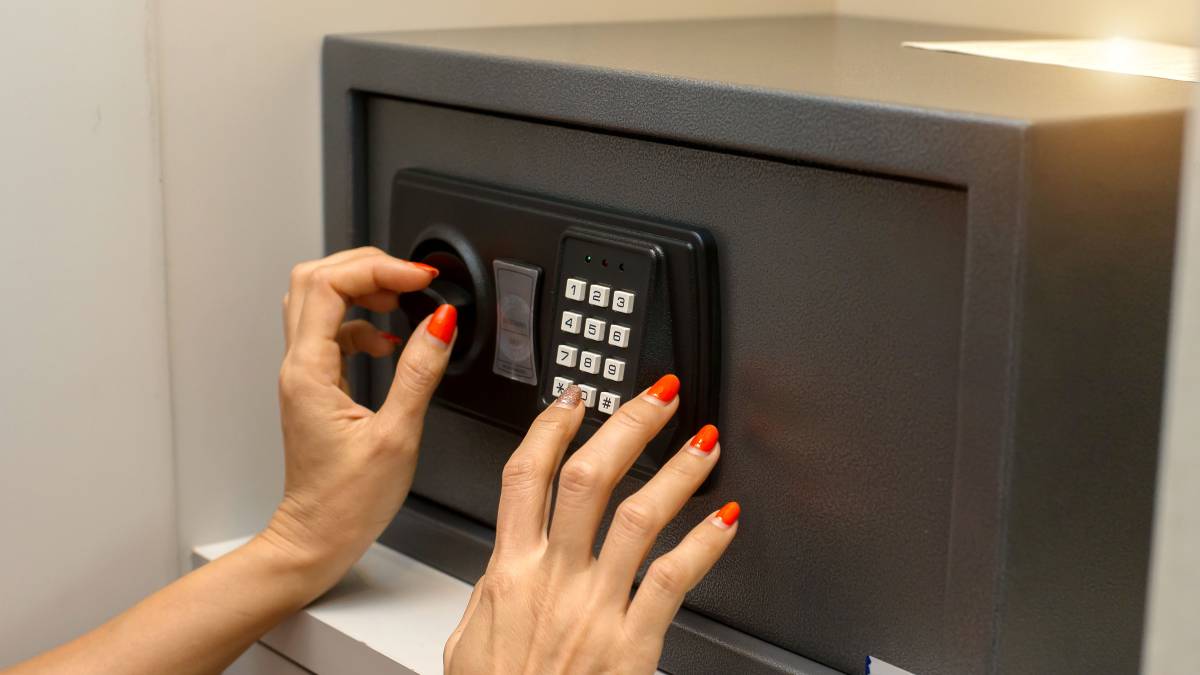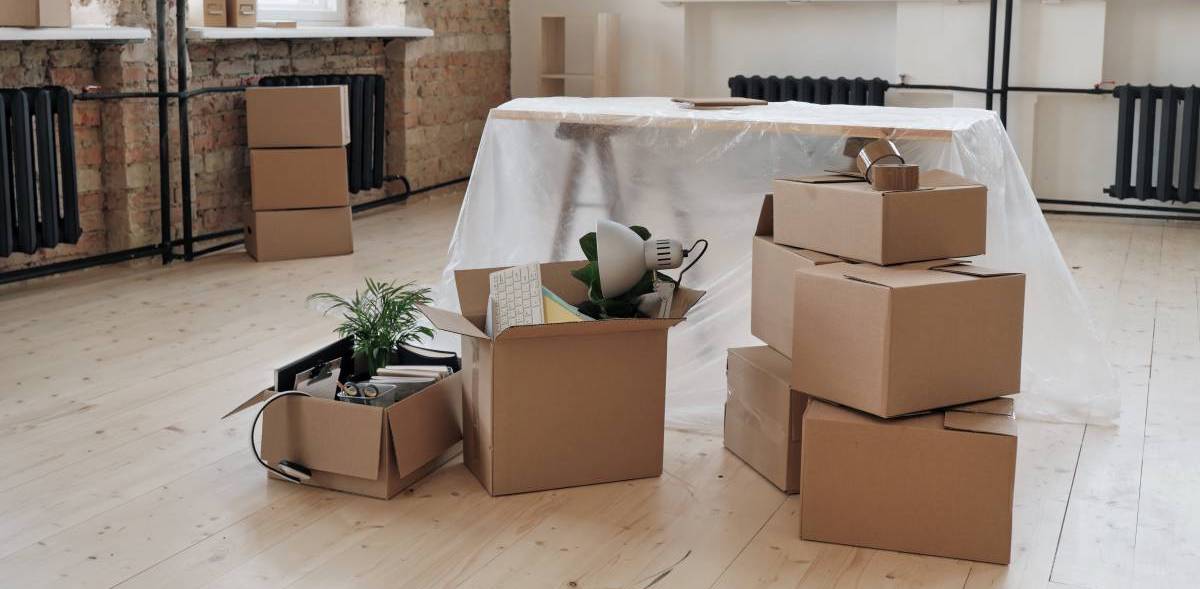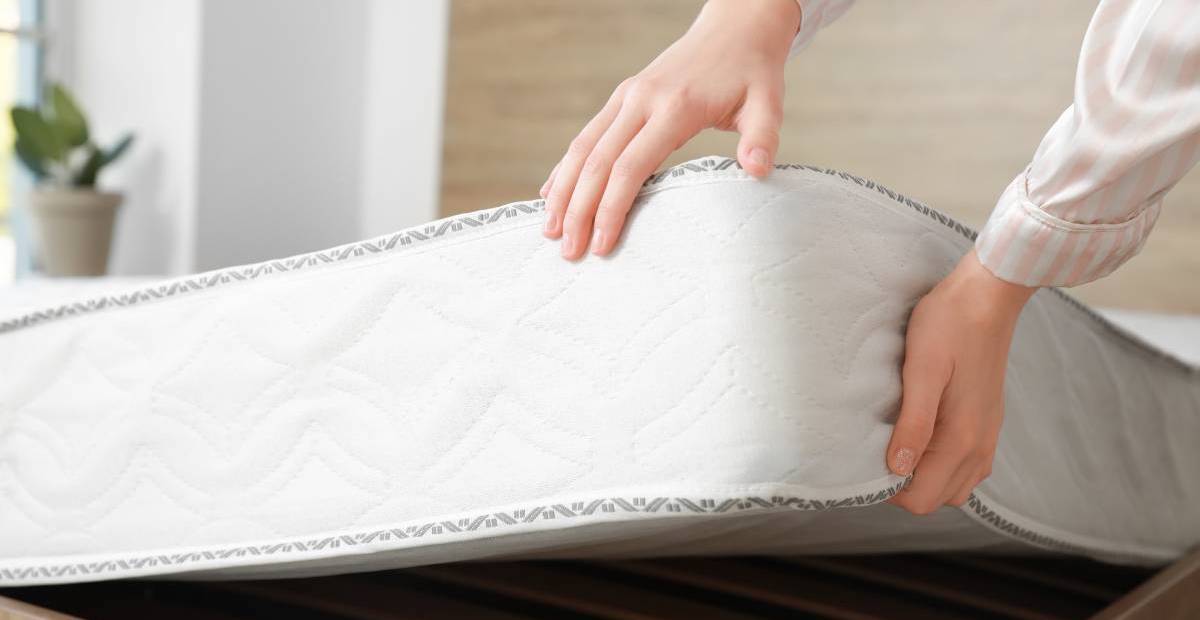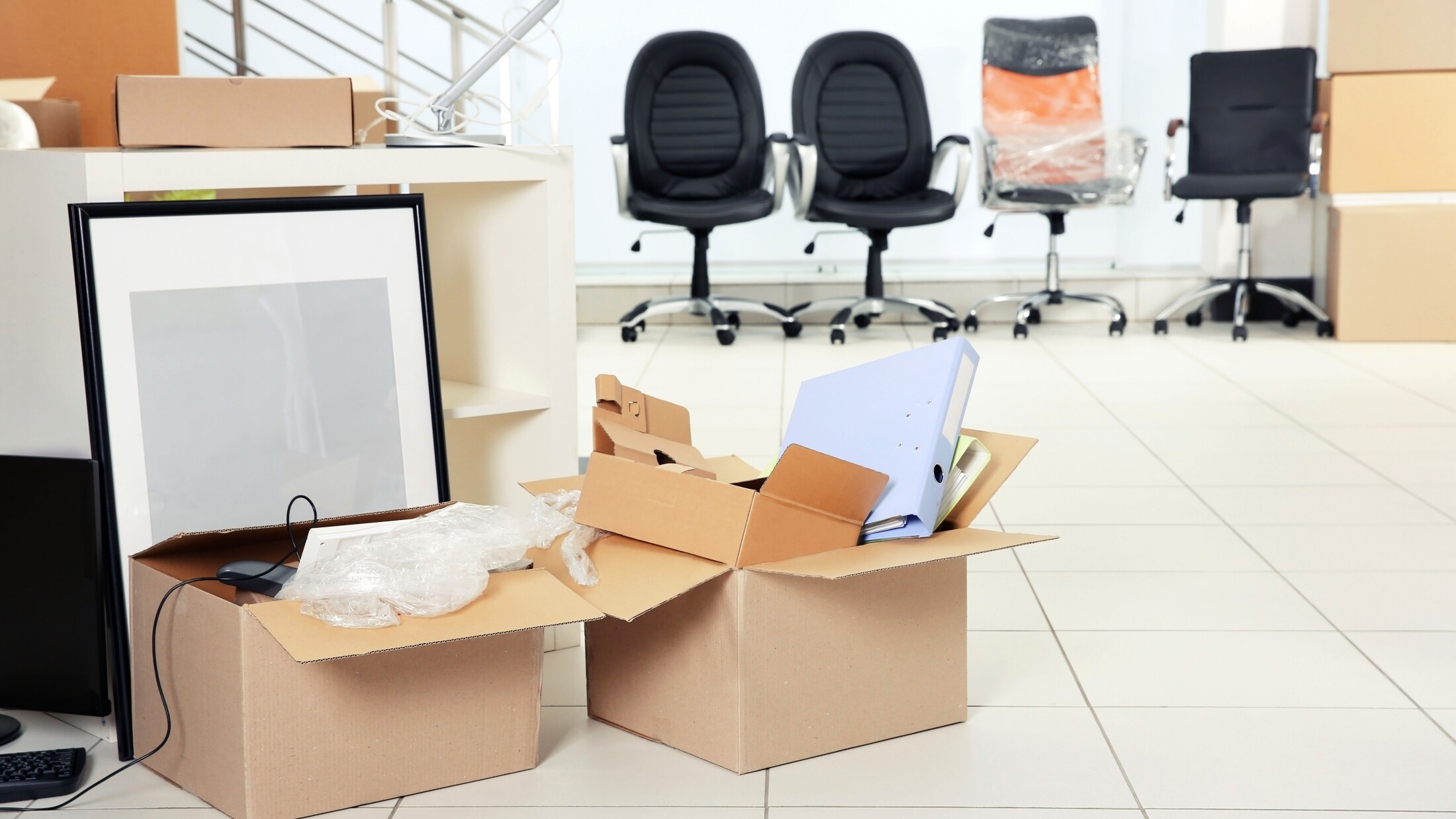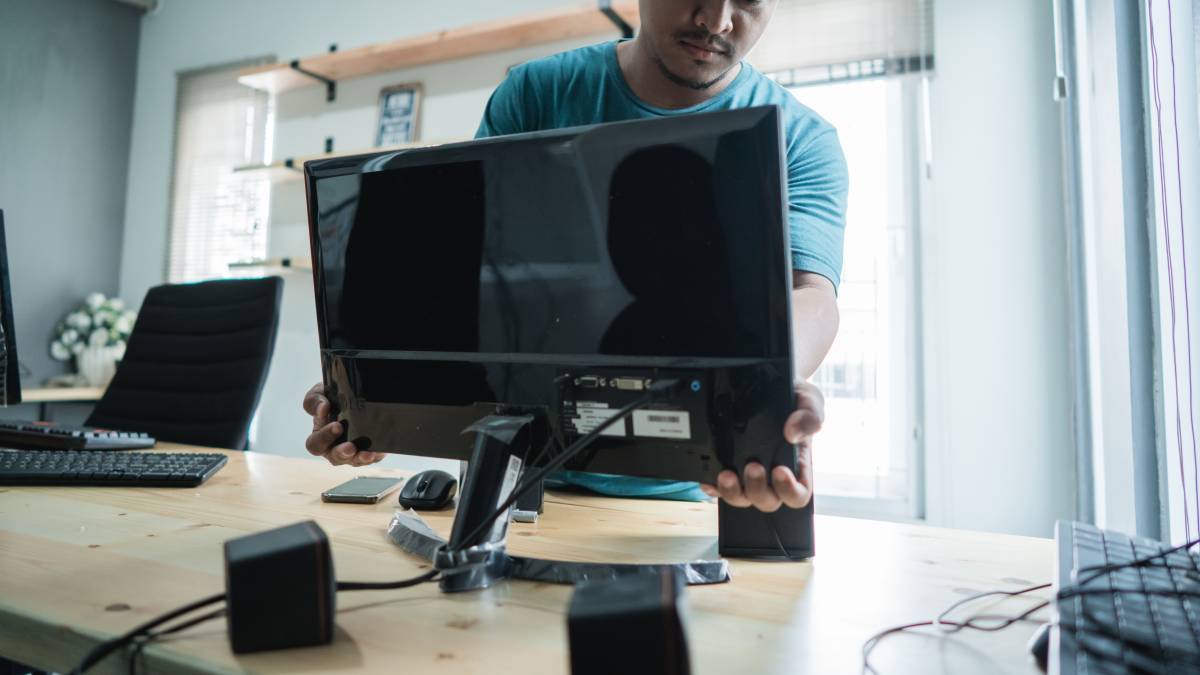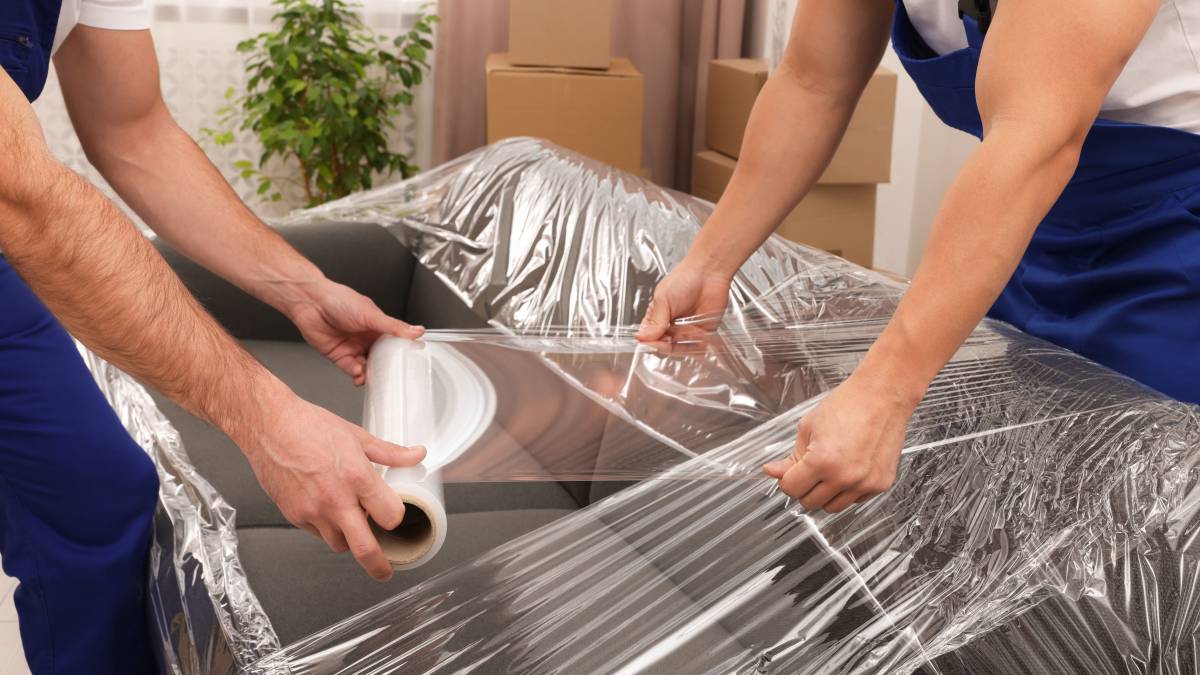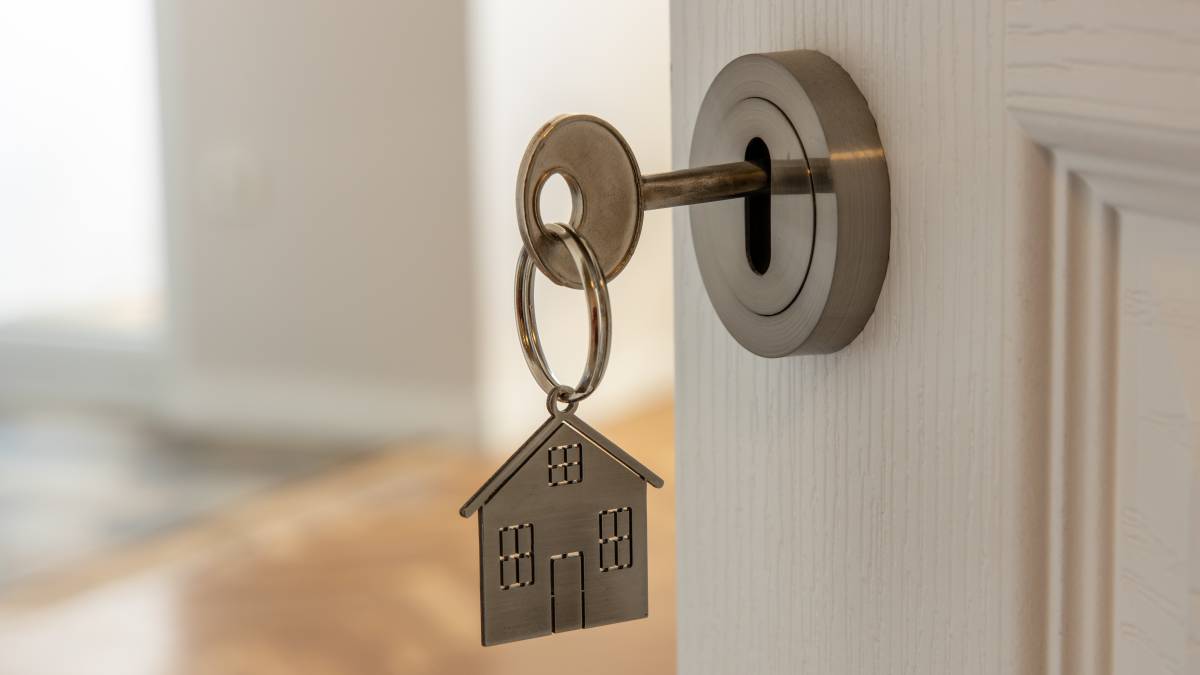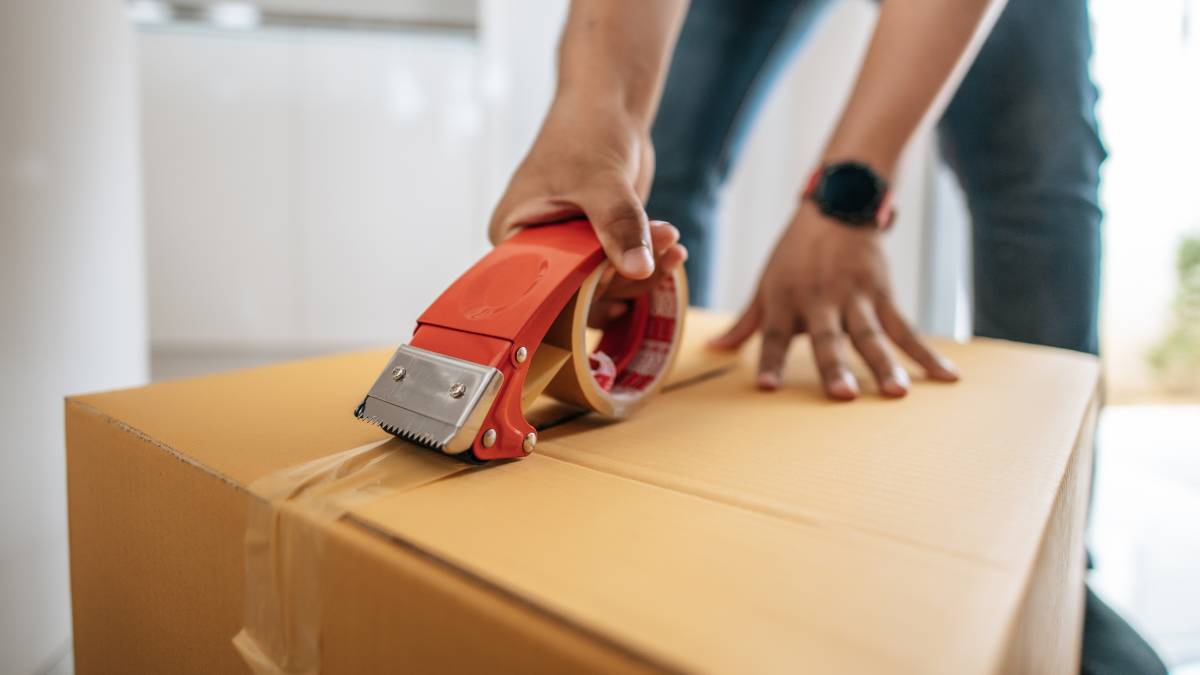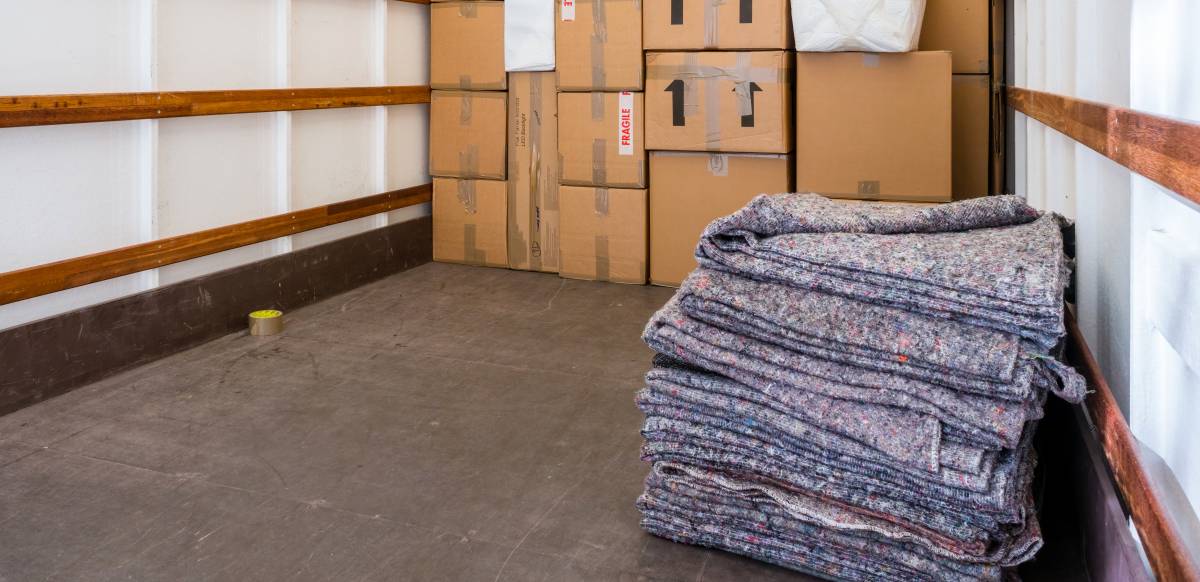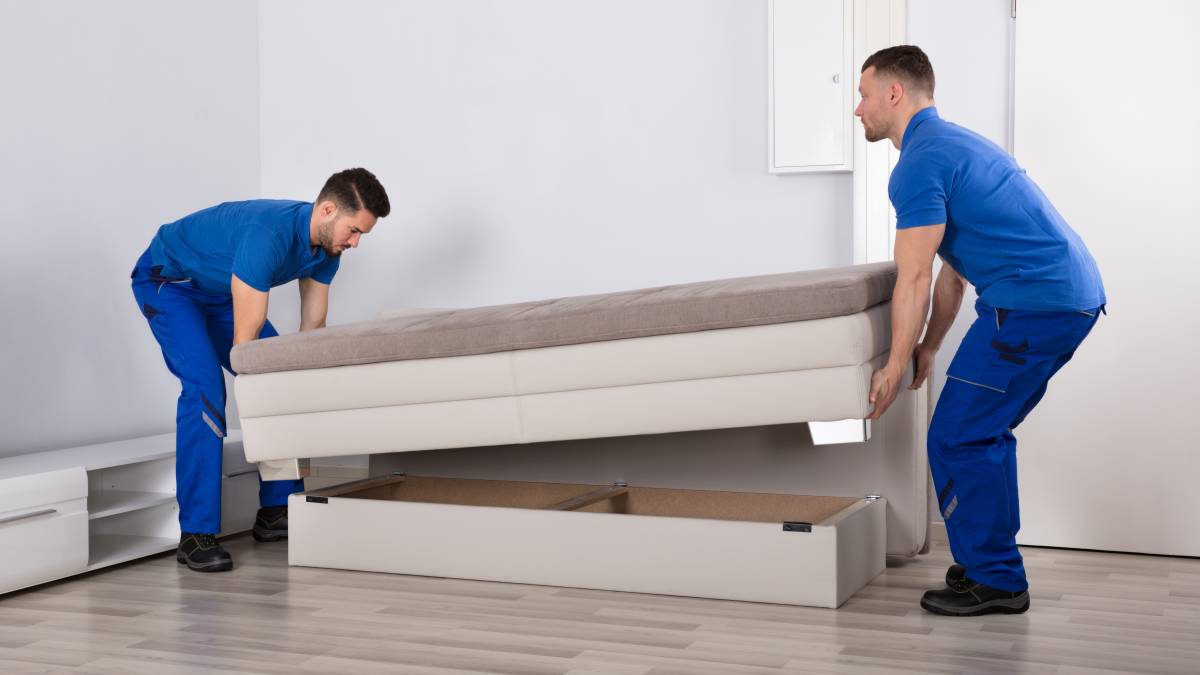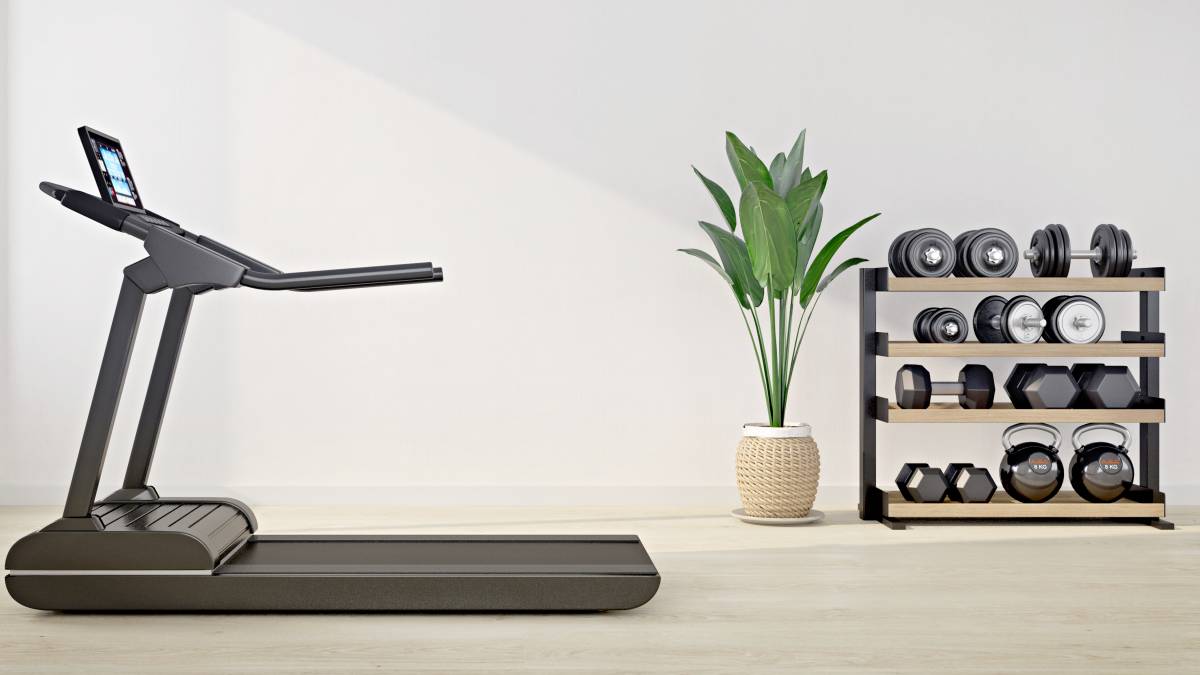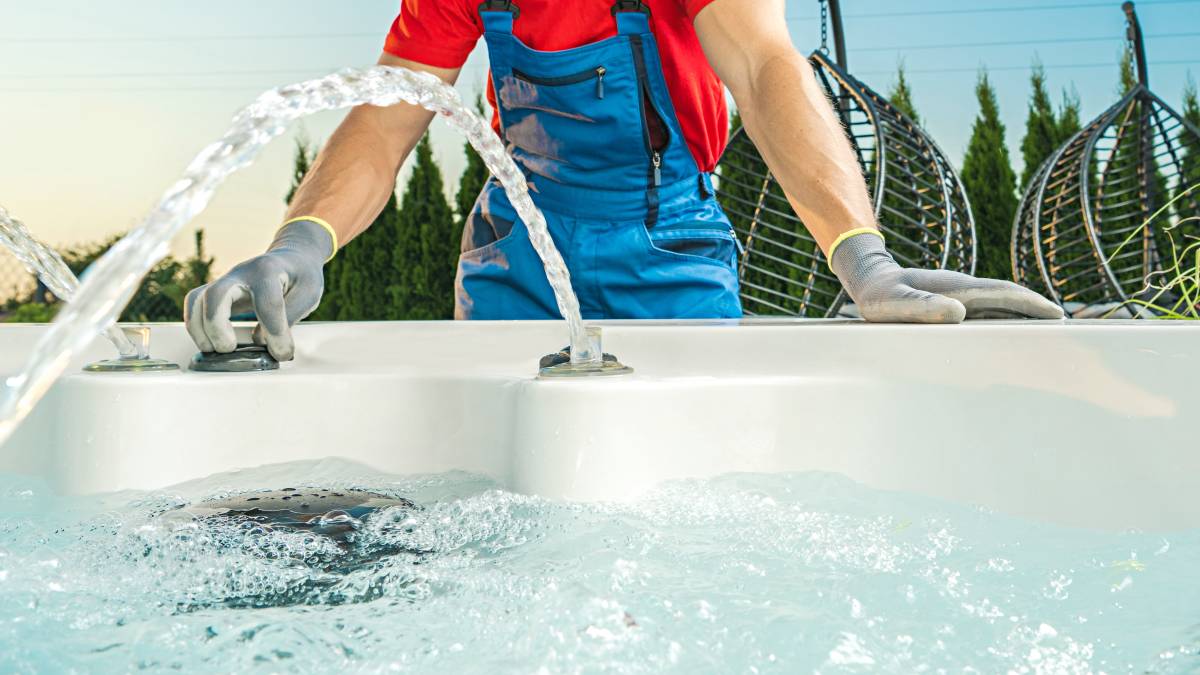- Home/
- Guides/
- Fitness Equipment Movers/
- How to Move Gym Equipment
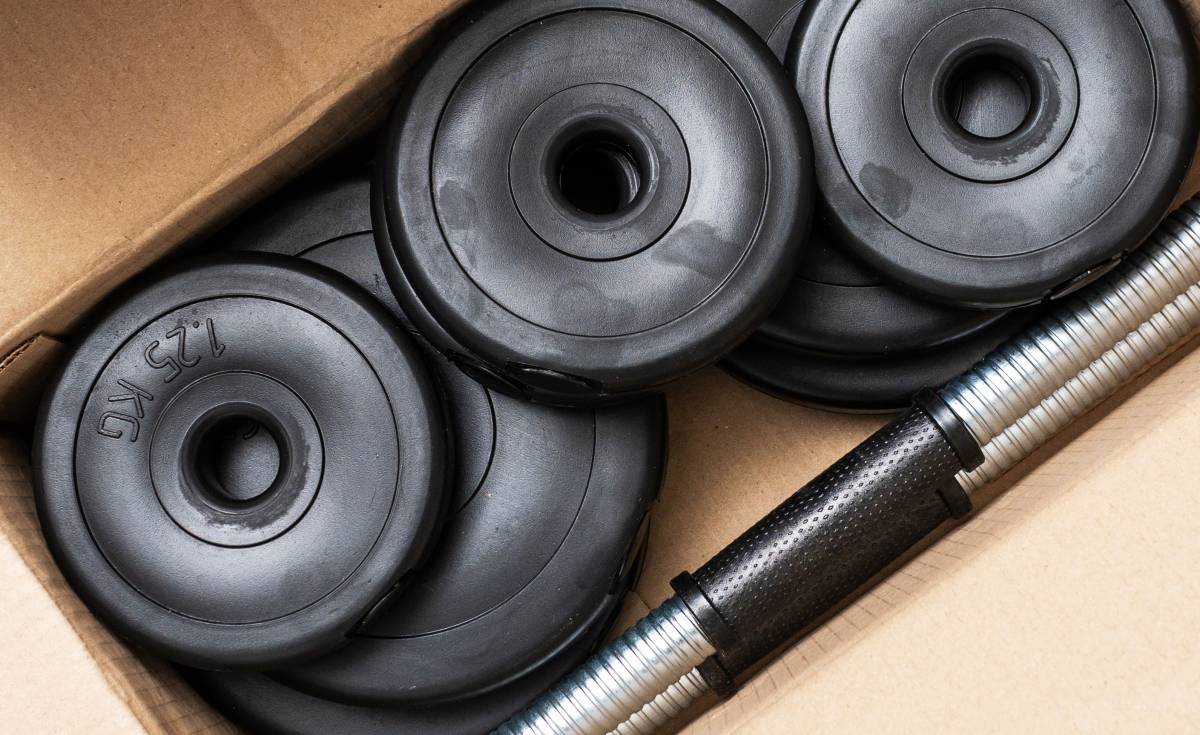
Last Updated on
If you’ve ever experienced a big move, you’ll know that packing and hauling stuff can be a stressful activity. It gets a little more complicated when the move involves heavy gym gear! After all, your weights, treadmill, or stationary bike aren’t exactly what most people consider as common household items.
So do you still need to hire a removal service when you’re just moving home gym equipment? What if you’re on a tight budget?
With some planning and careful execution, you can successfully move your equipment without spending on professional movers. In this guide, we’ll walk you through tips on safely moving gym equipment—both from your home or a commercial gym.
Wrapping supplies and tools you’ll need
Gloves - to protect your hands while handling heavy equipment
Paddings - such as cushions, blankets, towels, and bubble wrap
Thick boxes, plastic bins, or crates - to store weights and disassembled pieces of equipment
Screwdriver - for dismantling large gym equipment
Masking tape and marker - for labelling boxes and parts
A moving dolly - to move heavier equipment that won’t fit in boxes
Moving preparation tips for gym equipment
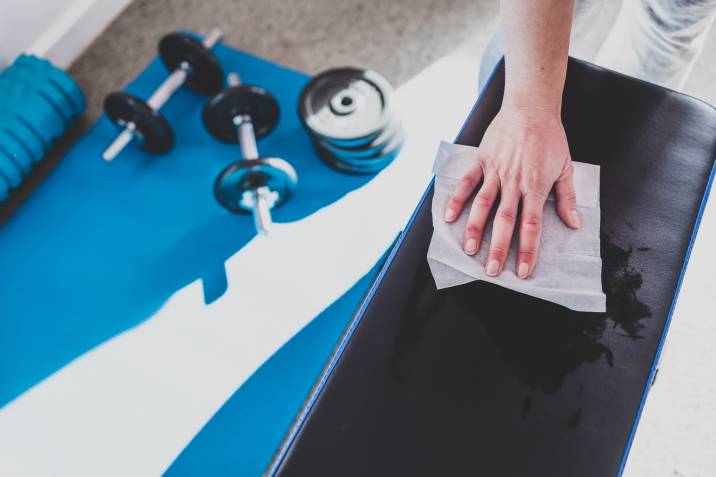
Since you don’t plan on hiring professional packers, recruit at least two friends or family members to help you. No matter how strong and capable you are, it’s best to have a reliable “team” with you during moving day.
It’s essential to clean your fitness equipment before packing them. Sanitise your gym mats, weights, and punching bags. Dust machines and wipe handrails as needed.
Be organised! Identify which pieces of equipment need to be disassembled and separate them from those that could be easily packed in boxes.
Choose sturdy packing containers. Standard boxes won’t cut it when moving weights, so you may want to resort to heavy-duty packing boxes, plastic bins, and crates instead.
How to wrap and move small exercise equipment
Let’s say you’ve already separated the large gym equipment from the smaller—and much lighter—ones. Aside from the standard gym mats, your “light” pile will likely consist of small weights like dumbbells, kettlebells, and medicine balls.
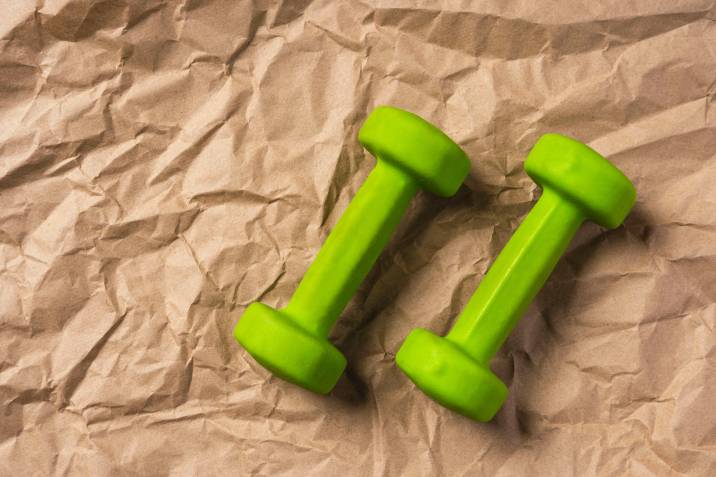
Here’s a step-by-step guide on how to pack weights for moving:
Once the weights have been sanitised, cover them in bubble wrap, towels, or newspaper.
Test your boxes or bins to ensure they are sturdy enough to handle the weight.
Line the boxes with blankets and towels to ensure the weights won’t move too much during transit.
Place the weights inside and secure the boxes with tape. Remember: don’t overpack the box! Make sure it’s light enough for you—or your designated moving helpers and lifters—to carry.
Lastly, when figuring out how to pack dumbbells and other weights for moving, don’t forget to label all your boxes so that your helpers will know it’s filled with fitness gear.
How to move heavy gym equipment by yourself
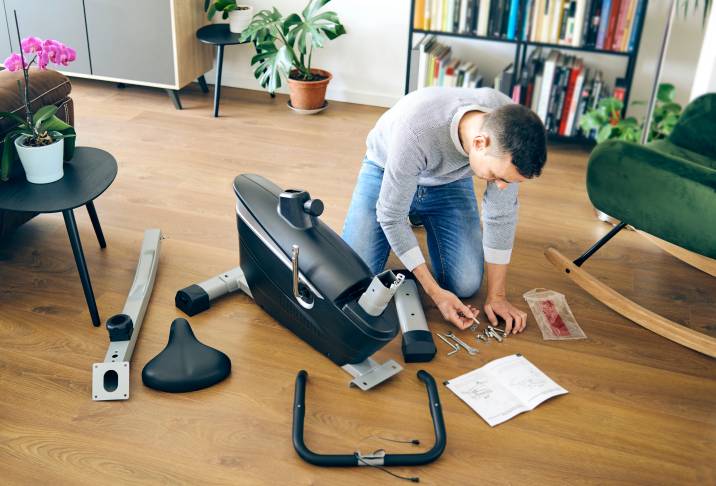
Of course, you can’t just place large equipment such as ellipticals, rowing machines, and stationary bikes in boxes. Moving a treadmill, for example, will require disassembly and special care.
So, how do you disassemble home and commercial gym equipment? Below are some tips for moving heavy fitness gear:
Study the instruction manuals that came with the equipment you have, as instructions can vary. If you don’t have the physical manuals on hand, you can easily look them up online or contact the manufacturer.
Before disassembling, check to see if all your equipment is unplugged! This is even more crucial for commercial gyms, where there are a lot of machines to move.
Label the disassembled pieces properly using masking tape and a marker. You don’t want to lose any nuts and bolts or get them mixed up with an elliptical’s! It’s also a good idea to take photos of the equipment and its pieces to make it easier to reassemble them later.
If you’re confident that machines can fit through doorways and don’t need to be disassembled, there are two easy ways to move gym equipment. You can either carry it with a friend or use a dolly to bring it to a waiting moving truck. A dolly is one tool that’s tried and tested by professional appliance removal services.
☞ Also read: How to move heavy appliances
You’re ready for the big move!
Now that you’ve gone through the essential tips and tricks for moving gym equipment, you should be ready to dive in and start your moving preparations. It’s going to be a tough but fulfilling task. The move itself could be a new kind of workout!
However, if your mates back out unexpectedly and you need extra hands moving your exercise bike, treadmill, or other heavy gym equipment, Airtasker can help. Easily hire moving Taskers by filling out a short form and posting your task. You’ll soon get free quotes from local movers in just a few minutes! We also recommend checking removalist costs to see if it fits your budget.
FAQs on moving gym equipment
This will depend on your agreement with them. As a rule, heavier gym equipment like treadmills and ellipticals must be disassembled for efficient transportation by removal services. You could also opt to disassemble them yourself—just to be sure that everything is labelled and photographed properly.
Moving gym equipment should be doable with the right helpers, packing materials, and safety precautions! Just remember to have people to help you because moving equipment—or anything heavy like treadmill or elliptical—is definitely not a one-person job.
Thinking of selling some of your gym equipment or sending it to a loved one? You’ll need the same materials for moving gym gear, such as heavy-duty boxes, padding (like bubble wrap or newspaper), and a dolly for heavier equipment. Make sure to label the packages properly and to write specific instructions—to avoid any confusion with your chosen shipping company.
Find fitness equipment movers, fast
Find a fitness equipment mover
Related articles

A guide to becoming a mover
Read more

How much do movers make?
Read more

How to move gym equipment safely
Read more

How to pack kitchen items
Read more

How to pack books for moving
Read more

How to move a shed
Read more
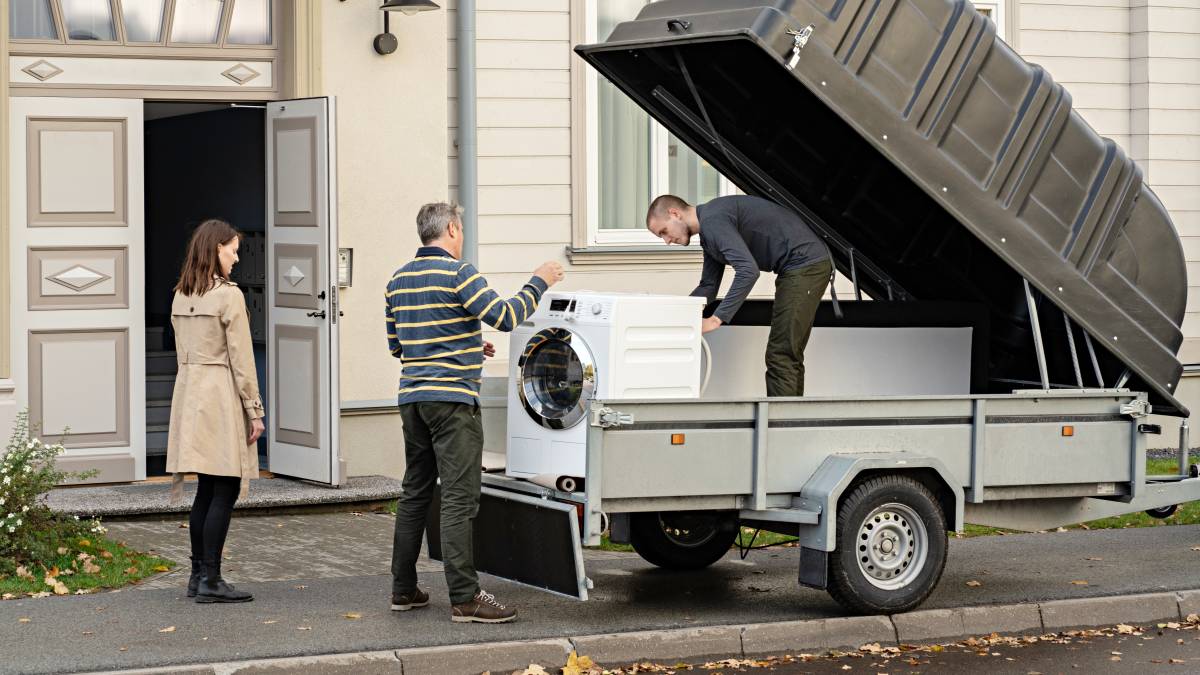
How to move a washing machine
Read more

How to move a pool table
Read more

How to move a pinball machine
Read more

Where to get moving boxes for free
Read more
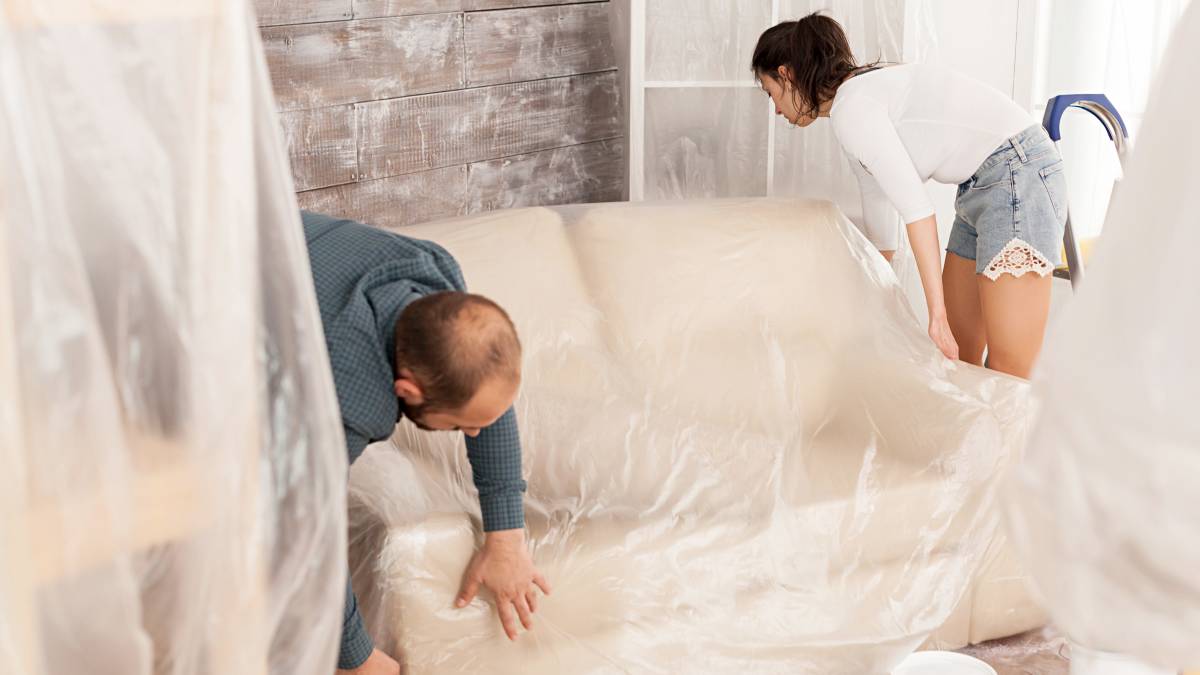
How to wrap furniture for moving
Read more

Moving interstate checklist
Read more

Moving out of state checklist
Read more

How to pack a moving truck
Read more

What movers won’t move
Read more

Tips for moving house with kids
Read more
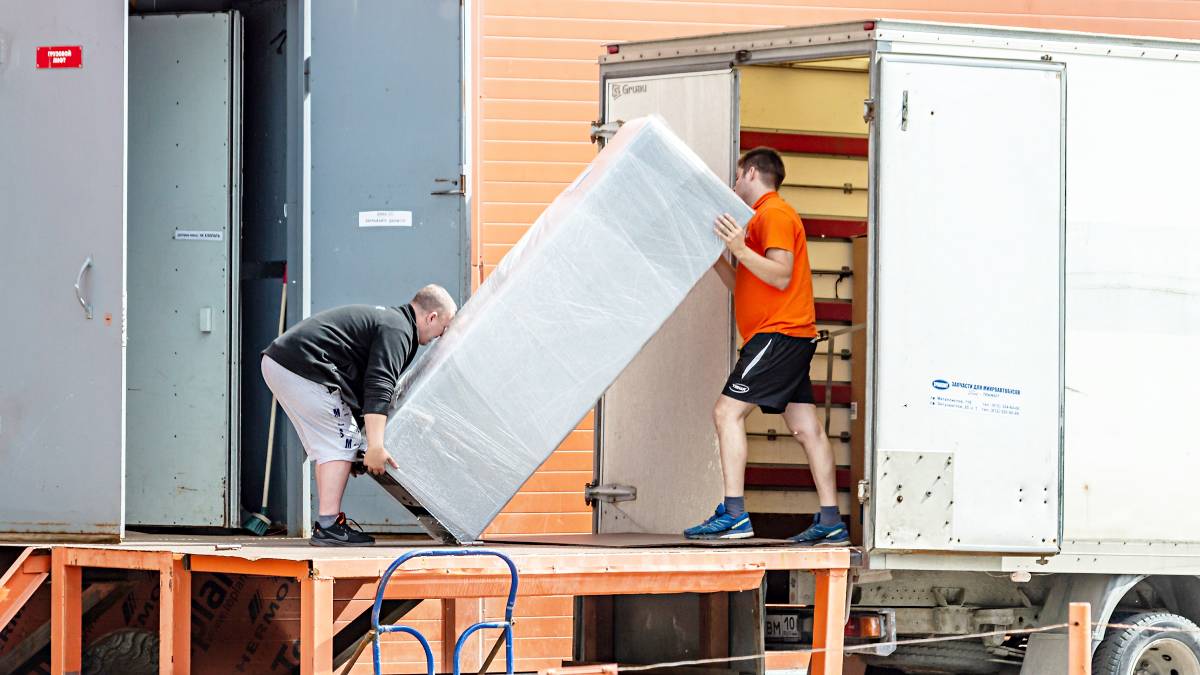
How to move a refrigerator
Read more

The ultimate packing and moving list
Read more
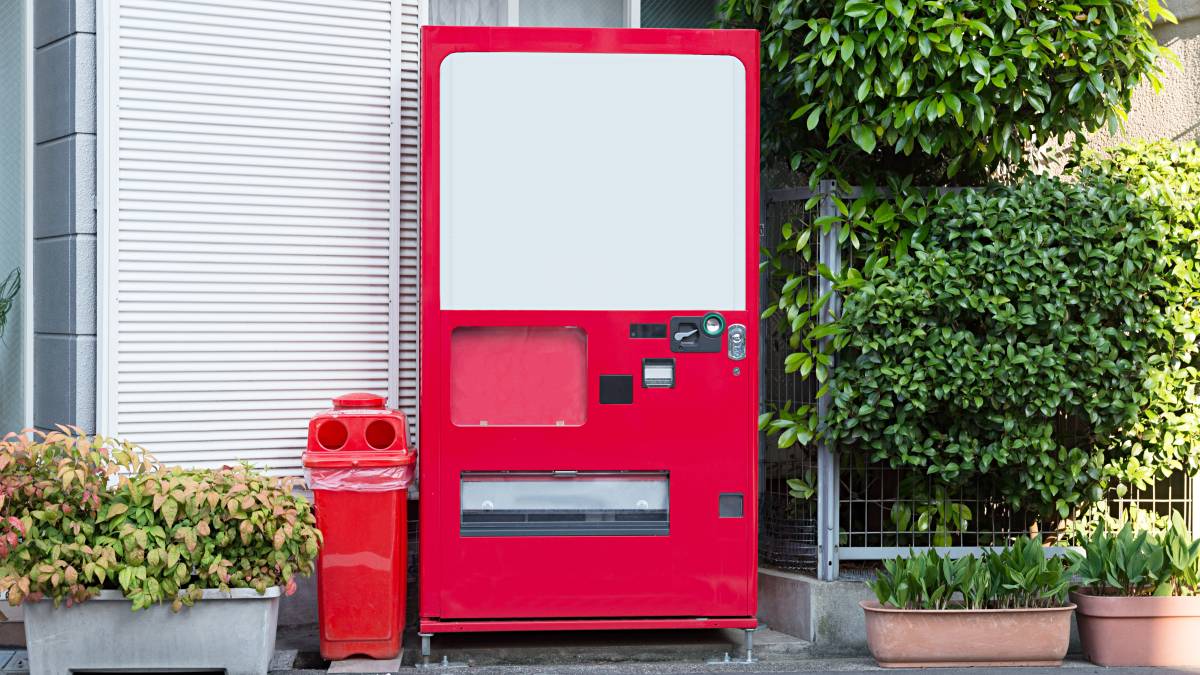
How to move a vending machine
Read more

How to pack artwork for moving
Read more
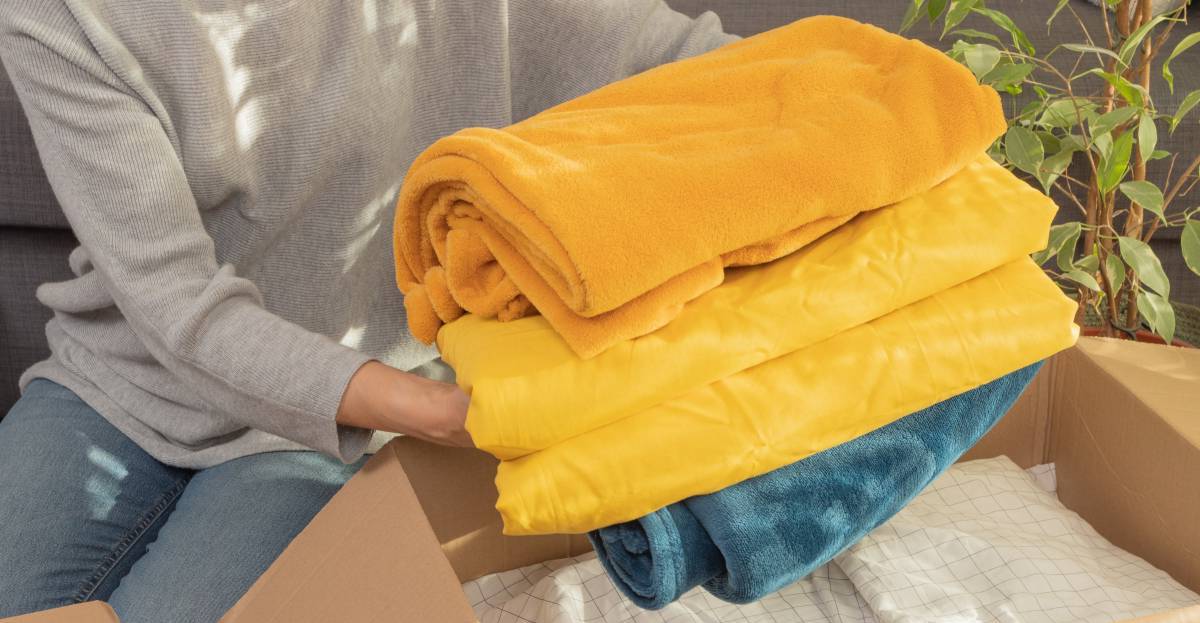
How to pack bedding for moving
Read more
Related price guides
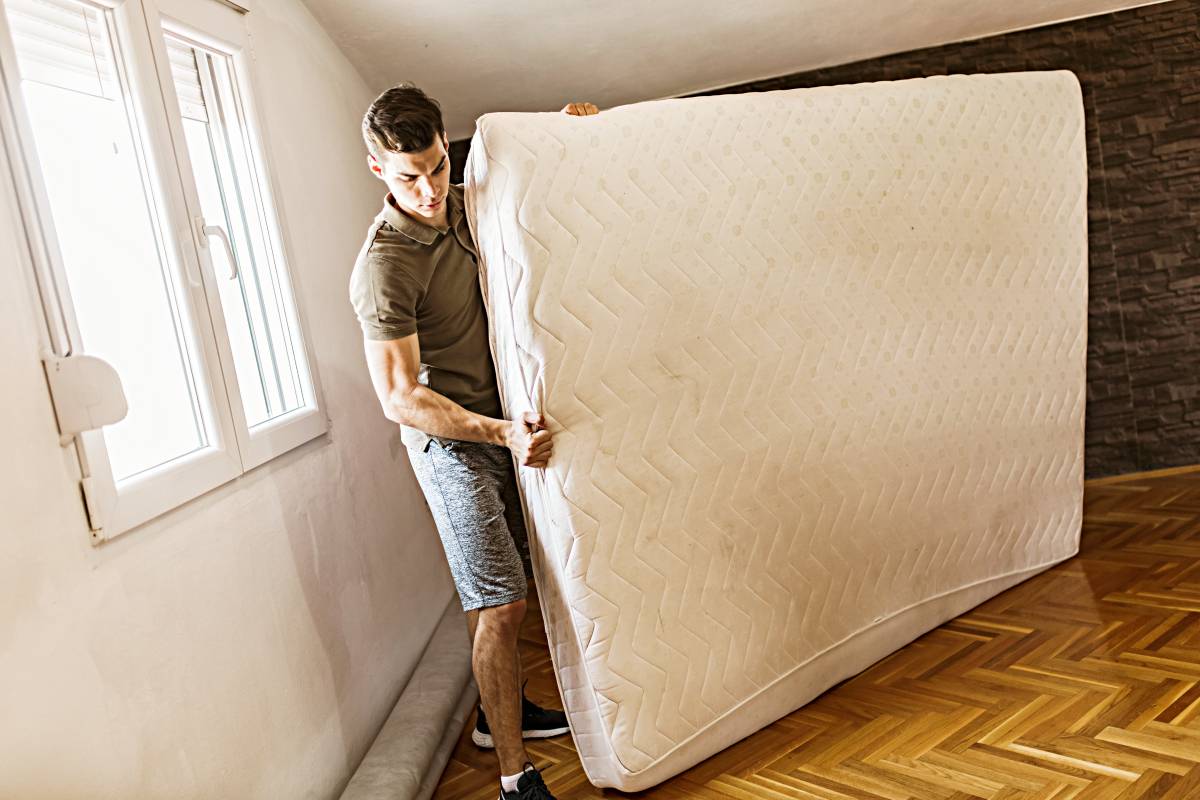
How much does mattress removal cost?
Read more
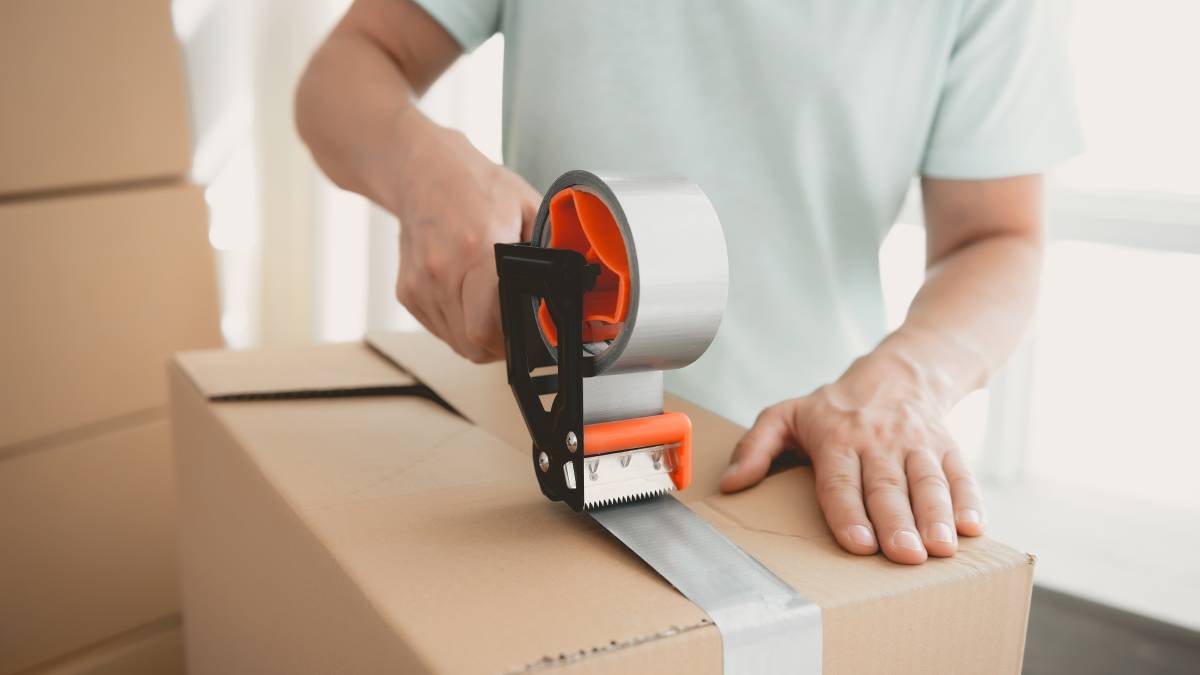
How much do packers cost?
Read more
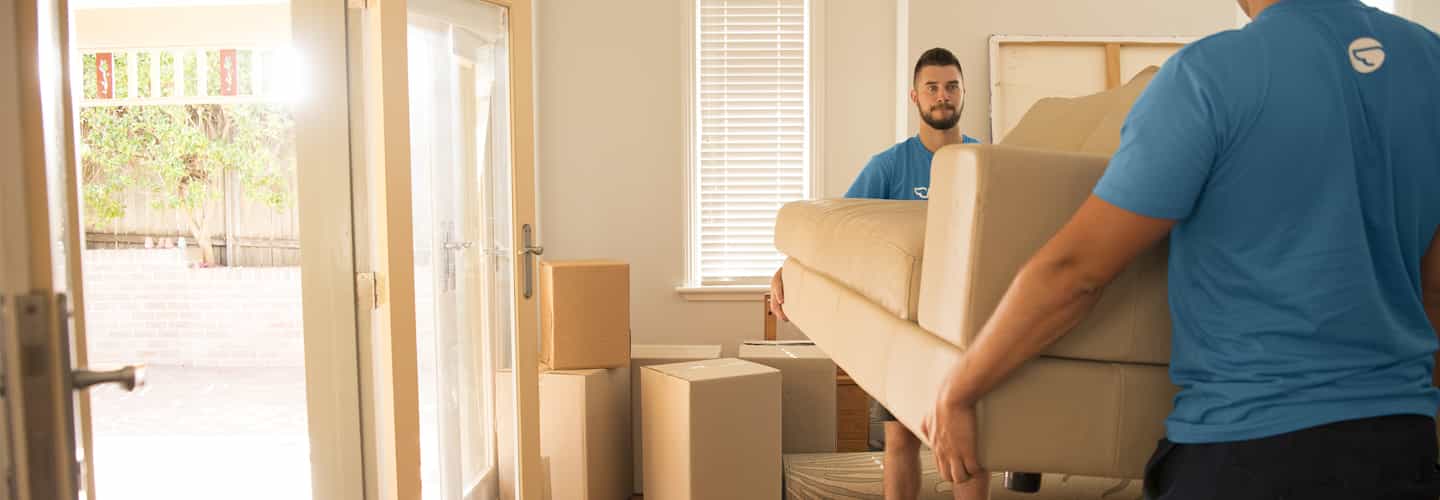
How much does a removalist cost?
Read more


